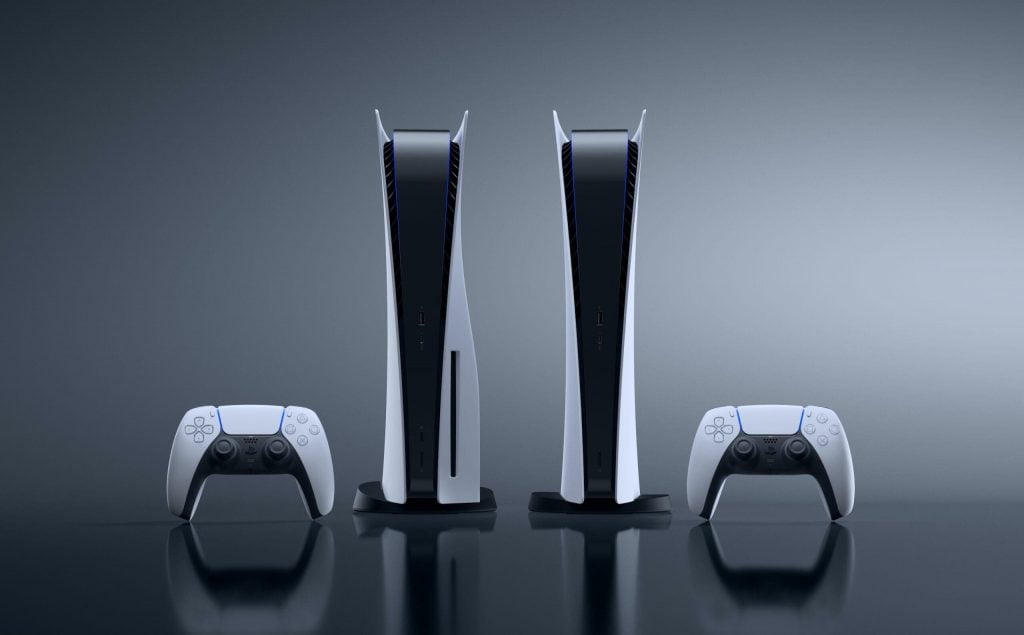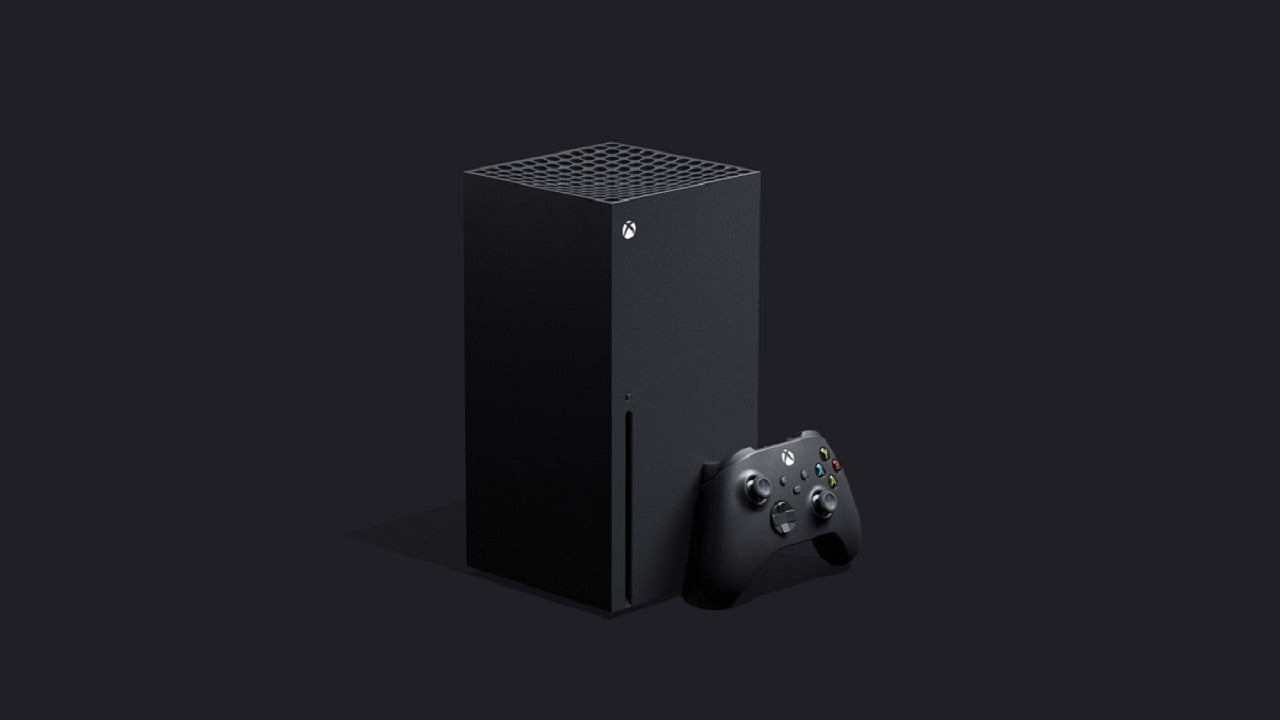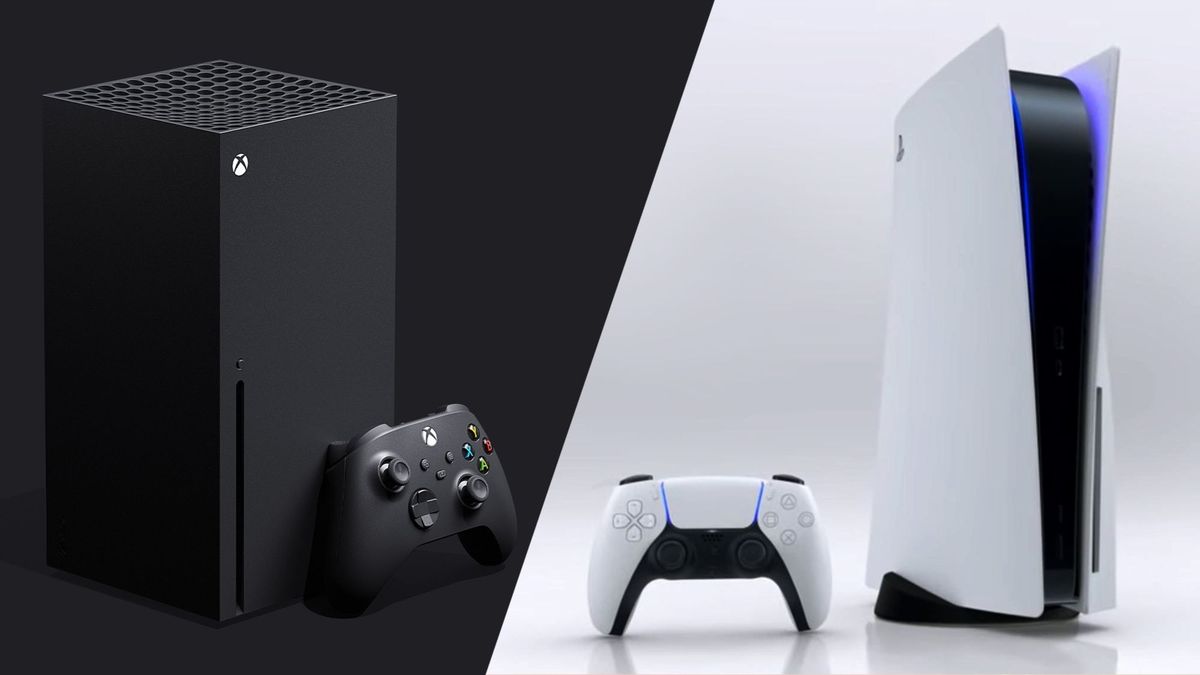It is a fact, PS5 performs better than Xbox Series X in the first multiplatform triple-A games that have come to market, and the difference becomes, in some cases, so clear, that it is evident that something is not right.
If you are thinking that PS5 performs better than Xbox Series X because it is more powerful, this is not true. Xbox Series X is the most powerful console of this new generation, whether we like it or not, period, but there is no doubt that something is not right, and in this article, we want to help you understand what exactly is happening.
- Phil Spencer praises PS5’s DualSense: “I applaud what they did with the controller”
- PS5 will receive an update to implement VRR
- Microsoft ensures that Xbox Series X and S will use the full capabilities of RDNA 2
Before starting I want to point out two important things. The first is that Microsoft has not yet issued any official statement explaining this situation, and secondly that everything we are going to see below is based on the results of the first technical analysis of the games that have come to PS5 and Xbox Series X, and we also take into account their specifications and their particularities at the level of APIs.
PS5 performs better than Xbox Series X: How is that possible?
To explain why PS5 performs better than Xbox Series X despite being less powerful I want to remind you, first of all, what happened with Xbox 360 and PS3. In general terms, the Microsoft console was a much more balanced console, with a more advanced GPU and a simpler and easier to use architecture. Programming for it was simple while doing the same for PS3 was an ordeal.
I remember the first PS3 games perfectly, the jump to technical level was very poor, and this was due to the programming complication. It was largely due to the IBM Cell chip used by the console, but also partly due to its unified memory structure, which integrated two distinct blocks of 256MB XDR memory for the system and 256MB GDDR3 memory for the graphics system, while Xbox 360 had 512MB unified memory.
It seemed like that PS3 was far behind Xbox 360, but the advances in development kits and the learning of the developers left us with more and more impressive releases, like The Last of Us or Kill Zone 3, two titles that have aged really well, and they maintained an excellent graphic quality.
I wanted to rescue this historical moment because it is fundamental to understand what is happening with Microsoft’s new generation console, and why PS5 performs better than Xbox Series X when the exact opposite should happen. The key is in the following aspects:
- Microsoft uses new development kits for Xbox Series X-Series S (these are designed to unify console and PC-centric developments).
- The development kits were late to the big ones in the industry, which apparently forced to pull the Xbox One-Xbox One X kits, and prevented a totally native and perfectly optimized development for the new generation of Microsoft.
- The first versions of the development kits for the new generation could have given some problems, or have pending errors, in fact, there has been talking of a possible bottleneck at the API level.
- On the contrary, PS5 development kits would have come earlier and would have, in general, a common base closer to PS4-PS4 Pro kits, and therefore would be more affordable for developers.
The idea, in general, is quite simple and easy to understand, even if we don’t want to get into technical specs. Any current system, be it a PC or a console, that mounts particular hardware will be limited by the degree of optimization and use that is made of its components, and that is precisely when APIs and development kits come into play.
Think, for example, of the dark times we had at the beginning of the previous generation (PS4 and Xbox One). Almost all the games that came to PC were based on DirectX 11, and this meant that processors of more than four threads were not really taken advantage of, and the same happened with such interesting advanced features as asynchronous computing and other DirectX 12 features that made a substantial difference in terms of performance.
The evolution of development kits, and the jump to more advanced APIs that did not have those bottlenecks, allowed us to reach the point where we are today. It is true that there are still many things to improve, but at least it is now possible to find games that can scale on 6-core processors, and that make efficient use of the most advanced technologies in graphics.
Developing games for a very powerful system with the wrong tools will have undesirable consequences, that is the reality we are seeing in the first multiplatform games for PS5 and Xbox Series X, and it helps us understand why PS5 performs better than Xbox Series X. You know, power without control is useless.
But is Xbox Series X really more powerful than PS5?
Well, yes, and the specifications of both consoles make that quite clear. Once the situation of the development kits is normalized, and those supposed problems are solved at the API level, we should start to see an important turn that will take us to a totally opposite scenario, in which Xbox Series X performing better than PS5.
In case someone still has doubts about it, I want to analyze with you the specifications of both consoles so you can understand a little better why it doesn’t make sense to see that PS5 performs better than Xbox Series X in multiplatform games, since the opposite should happen.

PS5 specs
- Zen 2 CPU with eight cores at 3.5GHz (variable, can be lowered)
- Semi-customized RDNA 2 architecture (would not integrate all key functions).
- 2,304 shaders at 2.29GHz (dynamic frequency, maximum peak).
- 144 texturing units.
- 36 ray tracing cores.
- 64 rasterizing units.
- 256 bits bus.
- 16GB GDDR6 memory at 14GHz, which leaves us with a 448GB/s bandwidth.
- 825GB SSD with a 5.5GB/s bandwidth.
- External storage support.
- 4K Blu-ray disc reader.
- High quality 3D positional sound thanks to the dedicated Tempest chip.
Xbox Series X specs
- Zen 2 3.8GHz processor with 8 active cores and SMT off. With SMT activated it is possible to move 16 wires but the speed decreases to 3.6GHz.
- RDNA 2 architecture, manufactured in 7 nm.
3.328 shaders at 1.825MHz. - 208 textured units.
- 52 cores for ray tracing.
- 80 rasterization units.
- 320 bits bus.
- 16GB unified GDDR6 memory, from which 10GB will have a 560GB/s bandwidth and 6GB will have a 336GB/s bandwidth.
- 1TB NVME SSD with a 2.4 GB/s bandwidth.
- External storage support via USB 3.2
- 4K Blu-ray Disc Reader.
- 3D sound chip.
FreeSync, HDR10, and support for advanced technologies to enhance the user experience, such as Auto Low Latency Mode, which reduces latency.
Both consoles have a common basis, but at the same time, they have important differences. Xbox Series X is more powerful than PS5 because:
- Its CPU works at a higher frequency, and in a stable way.
- It has 1,024 more shaders.
- It has more texture units.
- It integrates more rasterizing units.
- It comes with more cores to accelerate ray tracing.
On the other hand, PS5 has its advantage if we talk about SSD performance, and it seems that it also has a slightly superior sound system, although I have my doubts about this last one.
There is a substantial difference at specification level between both consoles, focused mainly on the CPU and GPU, and it should be enough for Xbox Series X to reach, more often, the goal of offering native 4K games with 60 stable FPS, something that, so far, neither of the two consoles has achieved, in fact, we can assume that PS5 is not a 4K console, as we anticipated.

PS5 performs better than Xbox Series X, but the new generation disappoints, why?
I don’t want to finish this article without taking the opportunity to make an interesting conclusion about the performance that the present generation of consoles is showing, and that, in general, is disappointing.
On this issue, we must consider that we have valued the “tricks” that the developers have been using in the Xbox One-Xbox One X and PS4-PS4 Pro titles as “normal”, and this, in the end, has become a double-edged sword that has harmed PS5 and Xbox Series X.
The rescaled resolution, very low-quality settings that don’t exist on PCs, image reconstruction with temporary filters, and extreme optimization are some of those “tricks” that are now harming the new generation. It is not the same to render a game in 1440p with low-medium quality and resize it to 4K as to render it in high or very high quality and try to move it in 4K. That’s where the new generation comes in, and maybe the situation will get worse as more complex games take shape.
I want to be positive and think that there is still room for improvement thanks to the miracle of optimization, but in the background, this part of the same base as always, create custom settings to reduce graphic quality in the least scandalous way possible and rescale.
It’s all very well to say that PS5 performs better than Xbox Series X, and yes, right now it’s true, PS5 performs better than Xbox Series X because of what we’ve exposed, but what improvement has this generation achieved, for the moment, compared to the previous one? Exactly, a very poor improvement that, in some cases, is ridiculous.





